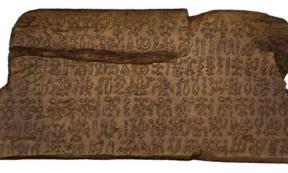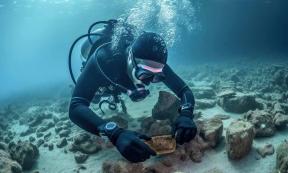Primary tabs
Nathan Falde
Nathan Falde graduated from American Public University in 2010 with a Bachelors Degree in History, and has a long-standing fascination with ancient history, historical mysteries, mythology, astronomy and esoteric topics of all types. He is a full-time freelance writer from Wisconsin in the United States. Nathan is an avid reader with a wide variety of interests, which is reflected in his diverse writing portfolio. In addition to his work as a writer, Nathan has spent time teaching English as a second language in Colombia, where he now lives with his wife and son.
History
- Member for
- 4 years 11 months
Opt-in to Ancient Origins Newsletter (AC):
Yes































